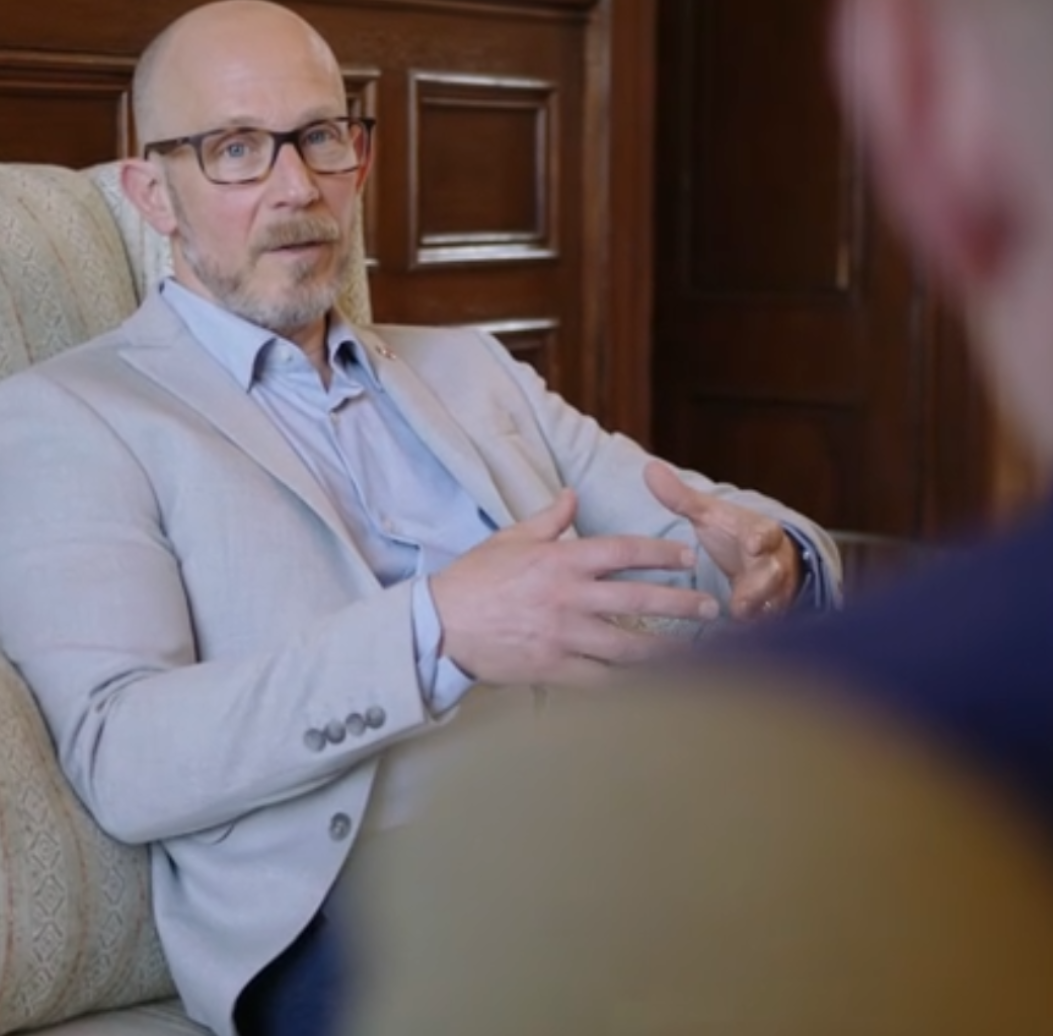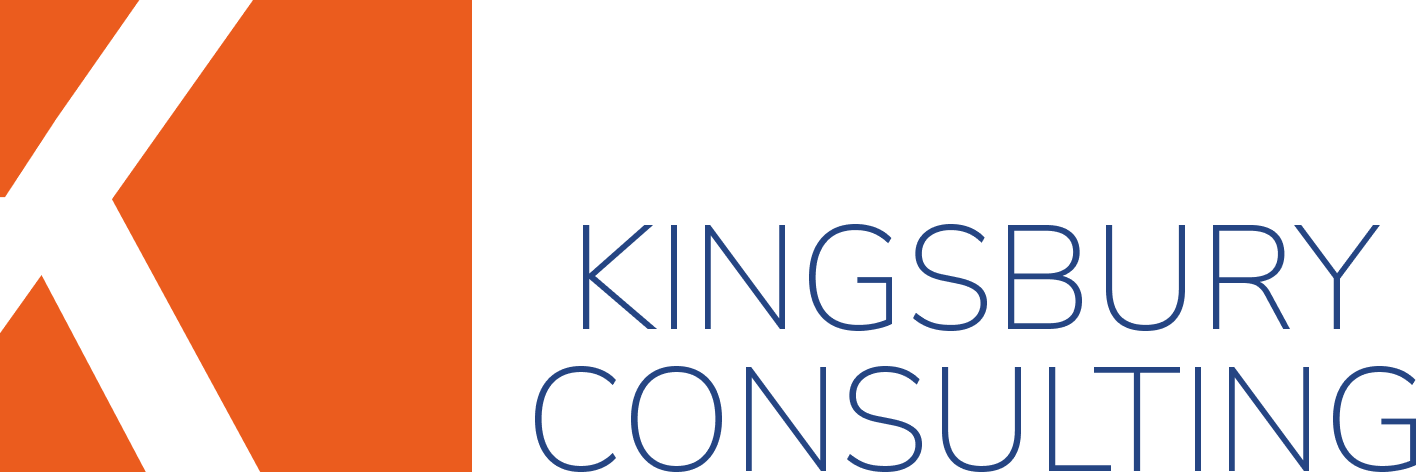CRM & Data Integration: Driving Member and Donor Engagement
Why good data is the foundation for better relationships and results

In the third sector, strong relationships are everything.
Whether you're a charity cultivating donor loyalty or a membership organisation delivering value to professionals, the quality of your data directly impacts your ability to engage, serve and grow.
But many organisations are operating with fractured systems, incomplete data, and processes held together with spreadsheets and goodwill. As digital expectations rise, this status quo is no longer sustainable.
To build the kind of trusted, tailored experiences that donors and members now expect, third-sector organisations must treat data not as a compliance issue, but as a strategic asset, and that starts with the right CRM and integration approach.

A familiar challenge
According to the Charity Digital Skills Report, 30% of small charities still operate without any CRM at all. Even among larger organisations, a third say their current CRM doesn’t meet their needs.
The result is disconnected touchpoints, duplicated efforts, and a blurred picture of how, where and why people engage.
Membership organisations face similar issues; many have grown by stitching together legacy databases, finance tools, email platforms and event systems, each capturing fragments of insight but none delivering a true 360-degree view of the member journey.
These aren’t just operational inefficiencies, they are missed opportunities, because without a centralised, accurate view of your supporters or members, it's impossible to:
- Personalise communications
- Track engagement trends
- Segment and prioritise audiences
- Automate routine workflows
- Report meaningfully on impact or ROI
What good looks like
An effective CRM strategy isn’t just about choosing software, it’s about clarifying what relationships matter, what information you need, and how data should flow between systems to enable outcomes.
At Kingsbury Consulting, we often use the following principles to guide clients:
Start with user value
Ask: What do donors, members or learners actually need? What information would make their journey smoother, more valuable, or more rewarding?
Clarify internal roles and needs
Fundraisers, membership managers, event planners, finance teams each interact with your audience differently and a successful CRM must serve them all; you need to understand how.
Map your data flows
What’s captured where? How does it move? Where are the bottlenecks, duplication and gaps? Most organisations are surprised when they see the full picture.
Beware the ‘all-in-one’ trap
A CRM isn’t always a silver bullet and sometimes integration between best-in-class tools is more sustainable than forcing everything into one system.
Plan for change
Implementation isn’t just technical, it’s cultural. Staff need training, governance needs to be clear, and processes must evolve over time.
Common pitfalls we see
Underestimating complexity
What starts as a ‘simple CRM switch’ often reveals deep issues with data quality, workflow, and ownership; you need time to improve, not just technology.
Letting software drive strategy
Selecting a platform before defining your needs is a fast route to poor fit; strategy first, tools second.
Not investing in integration
Many organisations “solve” CRM problems by buying new systems but without investing in integration; this just creates more silos.
Treating data as a compliance chore
GDPR is important but data has far more strategic value than just ticking boxes.
SMEs are outpacing but not outsmarting
In the private sector, CRM and automation are core to customer engagement. SMEs have been quicker to adopt cloud-based, API-driven platforms like HubSpot, Salesforce, or Zoho. They often link CRM with email marketing, finance, e-commerce and service tools to build a unified experience across the member engagement lifecycle.
Third-sector organisations can and should take inspiration, but they must also adapt the approach. Success in their context depends on trust, relevance and value alignment and not just conversions.
That’s why CRM in a charity or membership body needs to be more than a sales pipeline. It should be the backbone of a relationship strategy: helping you listen, respond, and show value over time.
The integration imperative
A good CRM is only part of the puzzle. The real power comes when it connects — to your website, email platform, donation/payment tools, event systems, and learning management systems.
Done well, integration unlocks:
- Unified member/donor profiles
- Automated onboarding and renewals
- Real-time reporting on engagement and retention
- Reduced admin and improved staff experience
- More relevant and responsive communications
The technology exists, but the key to unlocking it is a clear, strategic roadmap built around your organisation’s structure, culture and goals.
What’s next?
Many charities and professional bodies know they need to “do something” about their CRM but are unsure where to start.
At Kingsbury Consulting, we help charities and membership organisations make sense of CRM, integration and data strategy — without the jargon or vendor bias. Whether you’re choosing a new system or trying to get value from what you already have, we can support every step of the process.
Here’s a simple sequence we use with clients:
-
Audit current systems and data
-
Define your audience journeys and priorities
-
Document user and internal requirements
-
Review market options or reconfigure existing tools
-
Plan integration and change management in parallel
-
Establish data governance and ownership roles
With these foundations, CRM becomes more than a tool, it becomes the infrastructure of your organisation’s impact.
Want a CRM audit or roadmap discussion?
Let’s talk; book a 30-minute call or message me directly.
